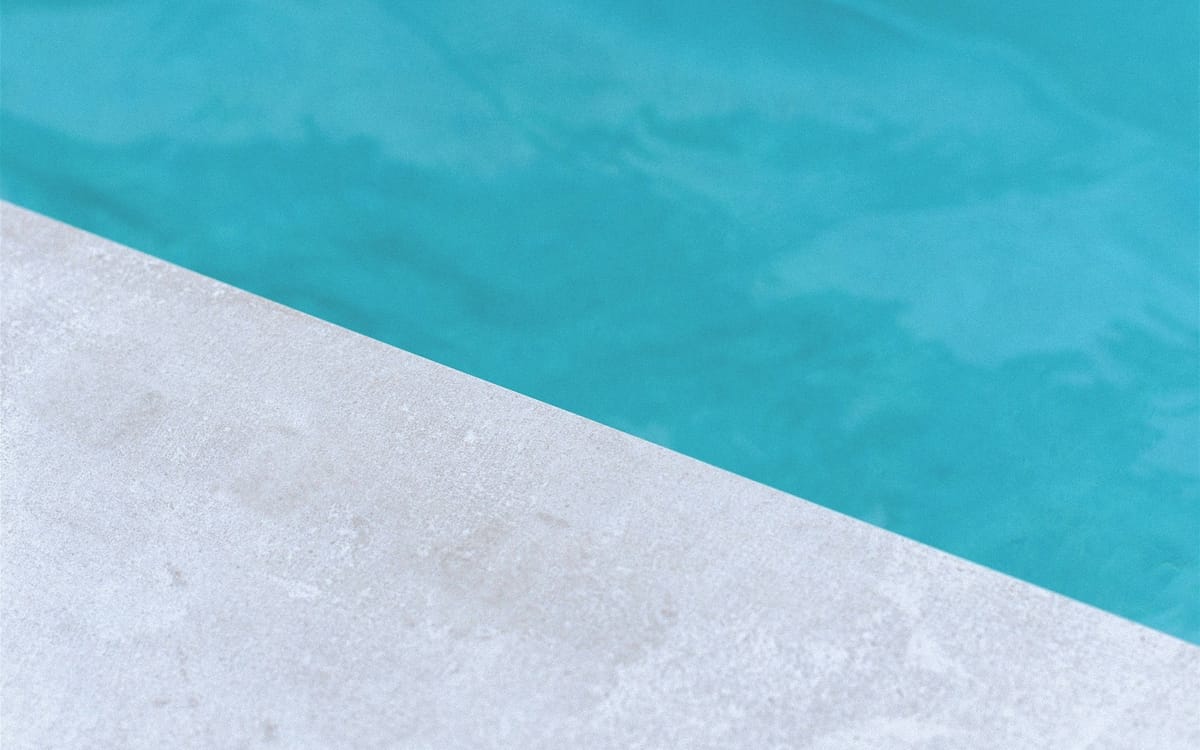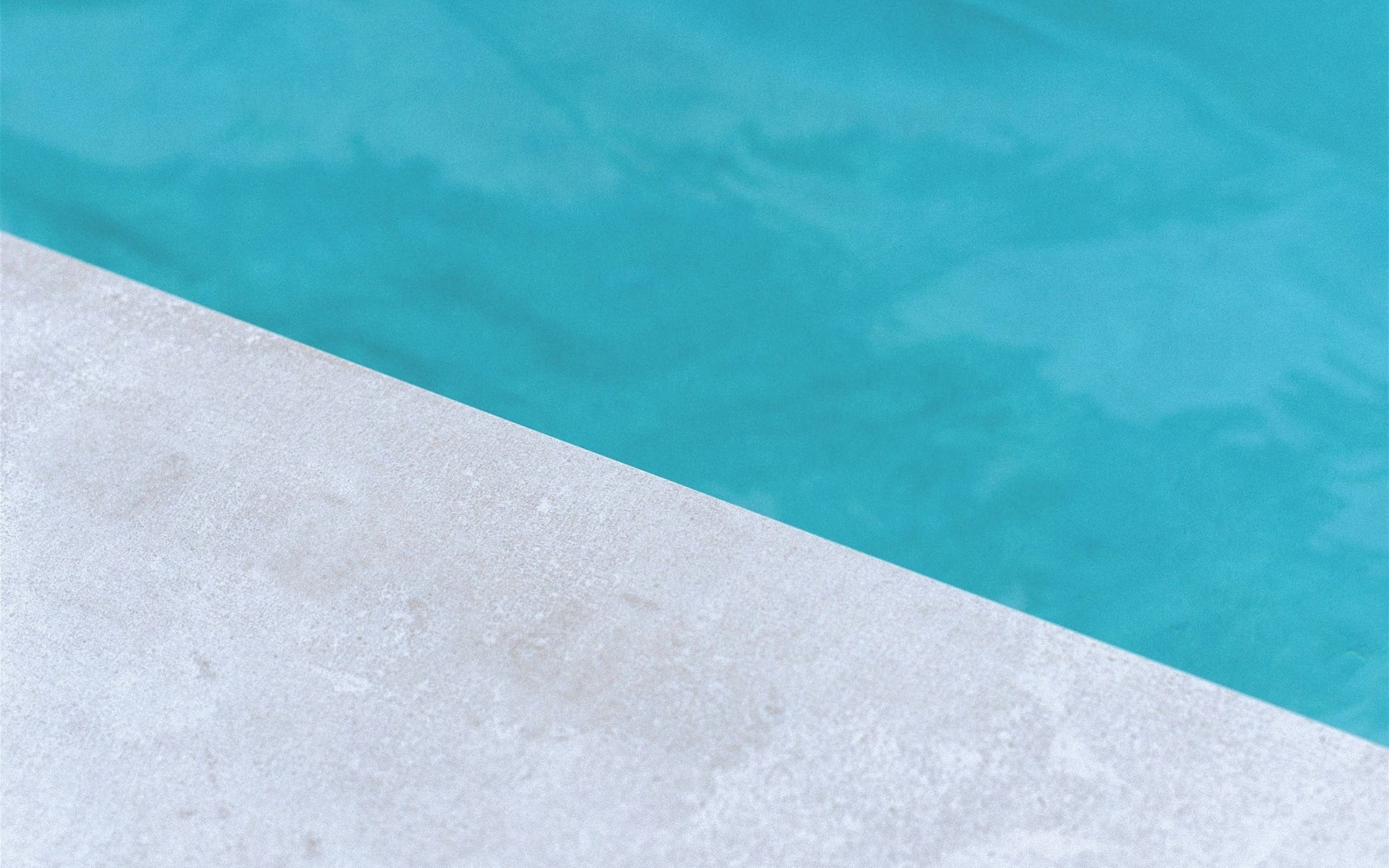Pool Training | Fixed Top Time dynamics
This workout, inspired by Umberto Pelizzari's book, focuses on "Top Time" to balance dive effort and recovery. The session builds physical and mental endurance through repeated dynamic dives with controlled recovery times. Adjust the Top Time to suit your fitness level and track progress.

This training session has become one of my favorites. It’s quick, intense, and forces me to maintain total focus on my movements, glide position, and overall technique—even as stress builds. The beauty of this type of workout is its ability to gradually accumulate CO2 and physical fatigue, making it an excellent challenge for both body and mind.
The structure of this training revolves around a concept called "Top Time." Top Time represents the total time allocated for each repetition, including both the dive and recovery. Finding the right Top Time for your level is key to balancing effort and recovery while pushing your limits.
This training is an adapted version of a workout proposed by Umberto Pelizzari in his book, Specific Training for Freediving. Pelizzari suggests a 1:30 Top Time, which would allow only about 0:35 seconds of recovery after a 50m dynamic dive. While this may be feasible for well-trained freedivers, I found these times too aggressive for my current level.
Instead, I’ve tailored the workout to my abilities. With 0:55 seconds of recovery, I feel the creeping effects of hypoxia and fatigue, but the training remains achievable and productive.
Here’s how I approached setting the right Top Time:
I began with a 2:15 Top Time, which in my case translated to a 0:55 DNF dive followed by a 1:20 recovery. Initially, I could sustain this pace until the 13th repetition before fatigue set in.
As I gained experience and adapted to the training, I gradually reduced my Top Time: 2:10 after a few sessions; 2:00 when I felt comfortable at the previous level; 1:50, which I currently use.
With my current Personal Best (PB) for DNF at 112m, this setup is challenging yet manageable.
This workout is as much about mental resilience as physical endurance. The combination of movement, control, and stress management builds focus and reinforces proper technique under pressure. It’s demanding, but the satisfaction of completing the session in good shape makes it one of the most rewarding parts of my training.
Here is my example training:
| Serie | Dynamic | Rest | Total apnea time |
|---|---|---|---|
| 1 | 50m | 0:55 | 1:50 |
| 2 | 50m | 0:55 | 1:50 |
| 3 | 50m | 0:55 | 1:50 |
| 4 | 50m | 0:55 | 1:50 |
| 5 | 50m | 0:55 | 1:50 |
| 6 | 50m | 0:55 | 1:50 |
| 7 | 50m | 0:55 | 1:50 |
| 8 | 50m | 0:55 | 1:50 |
| 9 | 50m | 0:55 | 1:50 |
| 10 | 50m | 0:55 | 1:50 |
| 11 | 50m | 0:55 | 1:50 |
| 12 | 50m | 0:55 | 1:50 |
| 13 | 50m | 0:55 | 1:50 |
| 14 | 50m | 0:55 | 1:50 |
| 15 | 50m | 0:55 | 1:50 |
Total workout duration: 30 min
If you want to execute this type of workout I recommend using support of the mobile application to control times.
Final Thoughts
Freediving is all about personalization, and this training is a great example of adapting a well-known method to suit your individual needs and goals. If you try this workout, start with a Top Time that challenges you without pushing you to failure too quickly, and adjust as you progress.
Let me know if you’ve tried similar Top Time drills or how you tailor your training to meet your goals!
If you enjoy my blog and find the content helpful, consider supporting me with a one-time tip




